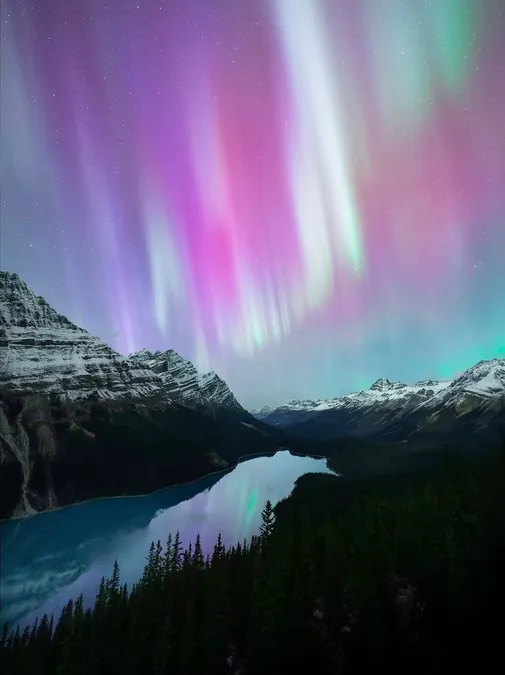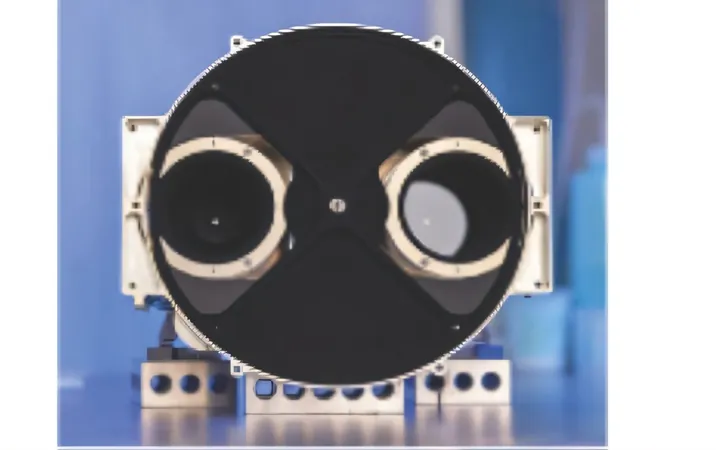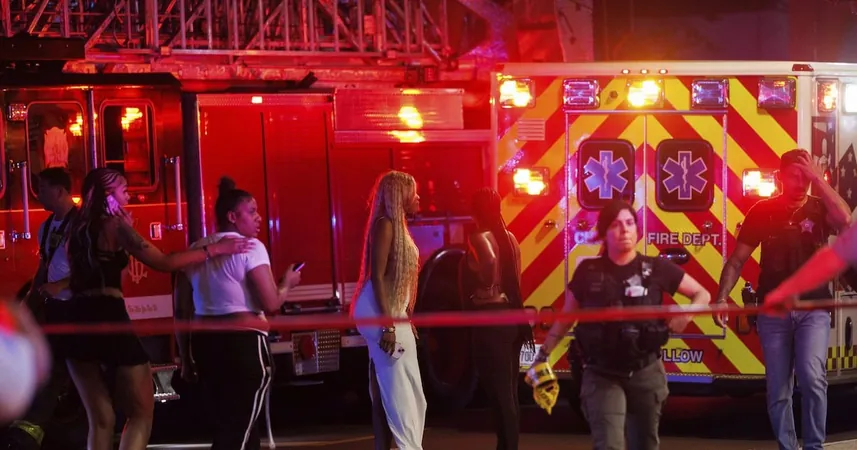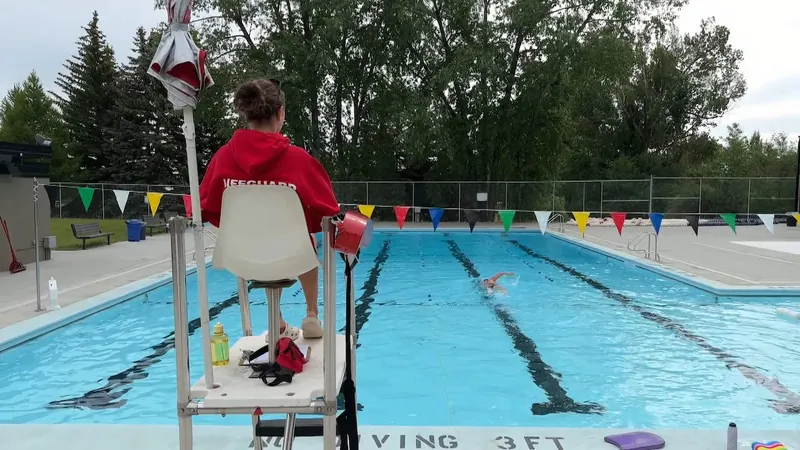
Unlocking the Secrets Behind Capturing the Perfect Northern Lights: Tips from the Pros
2025-01-16
Author: Benjamin
The aurora borealis, also known as the northern lights, is a breathtaking natural phenomenon that captivates viewers with its colorful lights dancing across the night sky. This spectacle occurs when charged particles from the sun collide with the Earth’s atmosphere, creating stunning visual displays. This year, skywatchers have been treated to a remarkable surge in auroras.
According to Stephen Jeans, a renowned professor and geomorphologist, we are currently witnessing this vibrant activity due to the sun's 11-year cycle of solar activity, known as the solar cycle. "We are in the midst of an intense solar phase, or a solar maximum, during which sunspots proliferate and increase solar activity," explains Jeans. As a result, the heightened solar output has led to a more pronounced display of northern lights throughout 2024.
Capturing these mesmerizing lights on camera has become a passion for many photographers and enthusiasts. Photographers possess an advantage: their cameras can perceive and accentuate the colors of the auroras that might go unnoticed by the naked eye. Jeans elaborates, "Our eyes are limited by biology. A chemical called rhodopsin helps our retinas adapt to low light, but exposure to bright lights can diminish this ability." Therefore, the glow of city lights or even our own smartphones can make it difficult to fully appreciate the northern lights.
Calgary-based photographer Naomi Atherton highlights a common misconception about capturing auroras. Many casual observers are disappointed when their experiences do not match the dazzling photographs they’ve seen online. "There’s an ongoing debate among photographers about editing. In reality, the raw footage is indicative of what the camera captures, which is often beyond what our eyes can see," Atherton explains. The magic lies in the camera’s ability to reveal the vibrant hues of the auroras, resulting in breathtaking images.
So, how do professional photographers achieve those stunning shots of the northern lights? Atherton emphasizes preparation. Securing the perfect image requires high auroral activity, clear conditions, and proper planning. "When photographing the aurora, the goal is to encapsulate the experience, highlighting how we perceive it in a more vivid way than our eyes can alone," she shares.
For anyone aspiring to photograph this awe-inspiring natural wonder, a few essential tips are paramount:
Essential Tips for Capturing the Northern Lights
1. **Research Auroral Forecasts**: Stay updated with predictions for solar activity to time your excursions effectively.
2. **Choose the Right Location**: Find dark areas away from city lights to appreciate the full range of colors.
3. **Use a Tripod**: Long exposure settings are often required to capture the lights, demanding stability for clear shots.
4. **Experiment with Camera Settings**: Adjust your ISO, aperture, and shutter speed to allow your camera to capture more light and detail.
5. **Dress Warmly**: The best time to view the northern lights is often in frigid weather, so layering is essential for comfort.
With the signs of a spectacular auroral season ahead, photographers and nature lovers alike are gearing up for the opportunity to witness and capture nature’s light show. Don’t miss your chance to be part of this dazzling spectacle!









 Brasil (PT)
Brasil (PT)
 Canada (EN)
Canada (EN)
 Chile (ES)
Chile (ES)
 Česko (CS)
Česko (CS)
 대한민국 (KO)
대한민국 (KO)
 España (ES)
España (ES)
 France (FR)
France (FR)
 Hong Kong (EN)
Hong Kong (EN)
 Italia (IT)
Italia (IT)
 日本 (JA)
日本 (JA)
 Magyarország (HU)
Magyarország (HU)
 Norge (NO)
Norge (NO)
 Polska (PL)
Polska (PL)
 Schweiz (DE)
Schweiz (DE)
 Singapore (EN)
Singapore (EN)
 Sverige (SV)
Sverige (SV)
 Suomi (FI)
Suomi (FI)
 Türkiye (TR)
Türkiye (TR)
 الإمارات العربية المتحدة (AR)
الإمارات العربية المتحدة (AR)